When infill is discussed here on the blog, we are most often referring to an instance of revitalizing the entirety, or part of, an urban city block. Well, a little over a week ago, Denver saw the groundbreaking of one of its largest infill redevelopment projects in years. Immediately east of Regis University at W. 52nd and Federal Blvd. (eight blocks from the Gold Line light rail), Aria Denver has positioned itself to be not only pronounced in size, but also in its distinct flavor of design.
The unique aspects of this development are the product of its wholesome past. Once a fruit orchard, turned convent, the 17.5 acre site has been occupied since the late 1930s by the The Sisters of St. Francis. After the Marycrest Convent saw their resident population fade from several dozen nuns to just seven, they began exploring options for redeveloping the site into something that met their needs, and also the community’s. After searching for a developer that could understand and respect their vision, the sisters teamed up with development partners Urban Ventures and Perry-Rose.
As Susan Powers explained, “The sisters placed a great deal of trust in us to develop the land in a way that would align with their mission and their values.” At the heart of this development, community has really become the focus. Though many residential developments may jump to make that claim, it is completely evident in this case. It is shown through the amount of intelligent planning, programming and quality of design represented throughout each component of Aria.
In 4 phases, 380 new homes will be built in the form of townhomes, apartments, condominiums and senior housing. What takes the community aspect beyond the typical neighborhood is its co-housing component. A portion of the housing will be designed and programmed in a way that connects people and encourages interaction. In co-housing, residents play a large part in developing their community by helping to design, and eventually share, certain amenities like a community kitchen, gardens, green spaces, and other common facilities. In Colorado, several examples of co-housing can be found in Boulder, but the concept is still quite innovative for Denver.
In addition to internal community functions, developers also provided opportunities for the greater neighborhood outside of the development. Approximately 20,000 sq. ft. of retail space will sit as the hood ornament of this development to provide new commercial assets to residents of Aria, but also to enhance Federal Blvd. One other community-building element is that both affordable and market rate housing will be available to make the lifestyle accessible to more people.
Taking a step away from programming, aesthetic design is one of the other outstanding attributes of this redevelopment. In addition to Urban Ventures and Perry-Rose, other collaborators include Oz Architects, Humphries Poli Architects, Wenk Associates, Calthorpe Associates and award winning architect, Michelle Kauffman. Kauffman is known for her modular sustainable designs that have a distinct contemporary flair. As a result of being modular structures, they will be prefabricated and, therefore, will reduce waste, eliminate weather damage to materials, expedite construction, cut back on construction site pollution and prevent cost overruns.
Other sustainability wins in the project are evident through the conformity of all residential uses to follow the Enterprise Green Communities Criteria. As part of that standard, recycled materials will be used throughout, units will be equipped with low VOC products (exterior materials, windows, etc.), alternative energy will be sourced, and energy/water conserving appliances will be installed into each home. The entire site will also utilize innovative storm water designs to boost sustainability and water-conserving native plants will dress the landscapes.
Aria brings sustainability, co-housing/community building, and high design to the same table and delivers the final product in a way that pays tribute to the good intentions of The Sisters of Saint Francis. At the same time, it will also bringing Denver a totally new alternative lifestyle. Ground was broken on August 8, 2012 and the first batch of units should be available for move in by Spring 2013. For more information and renderings, click here!


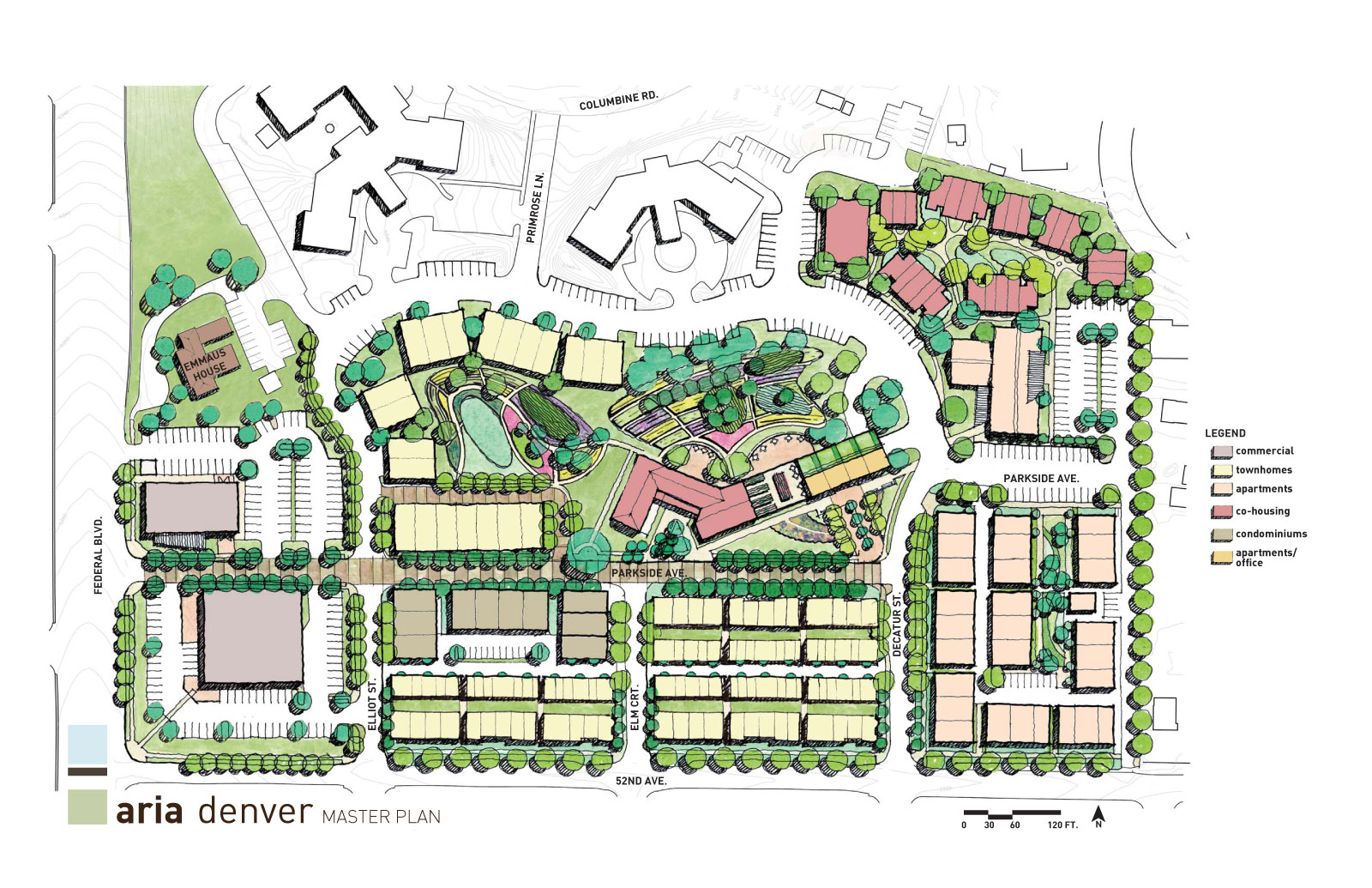

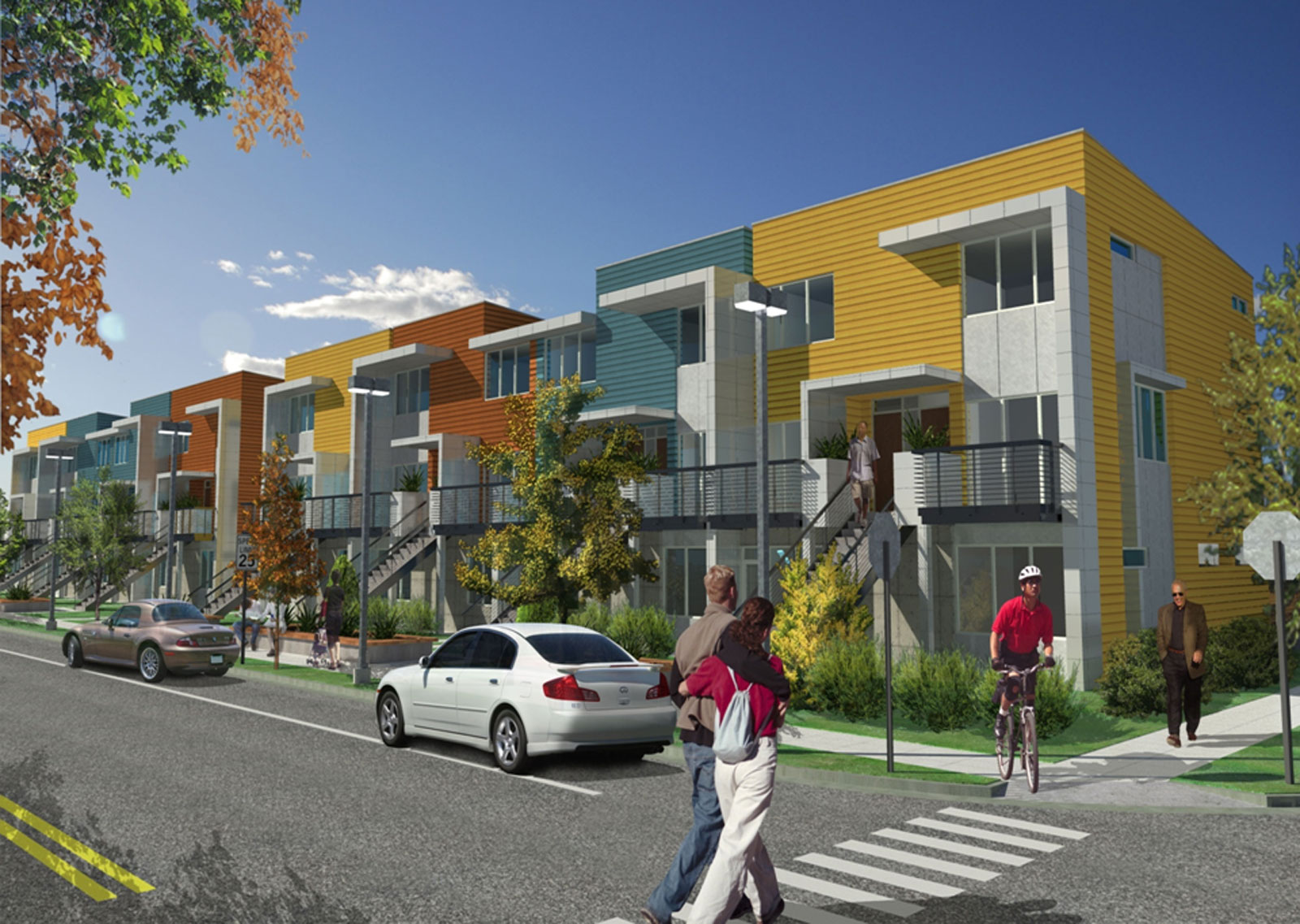
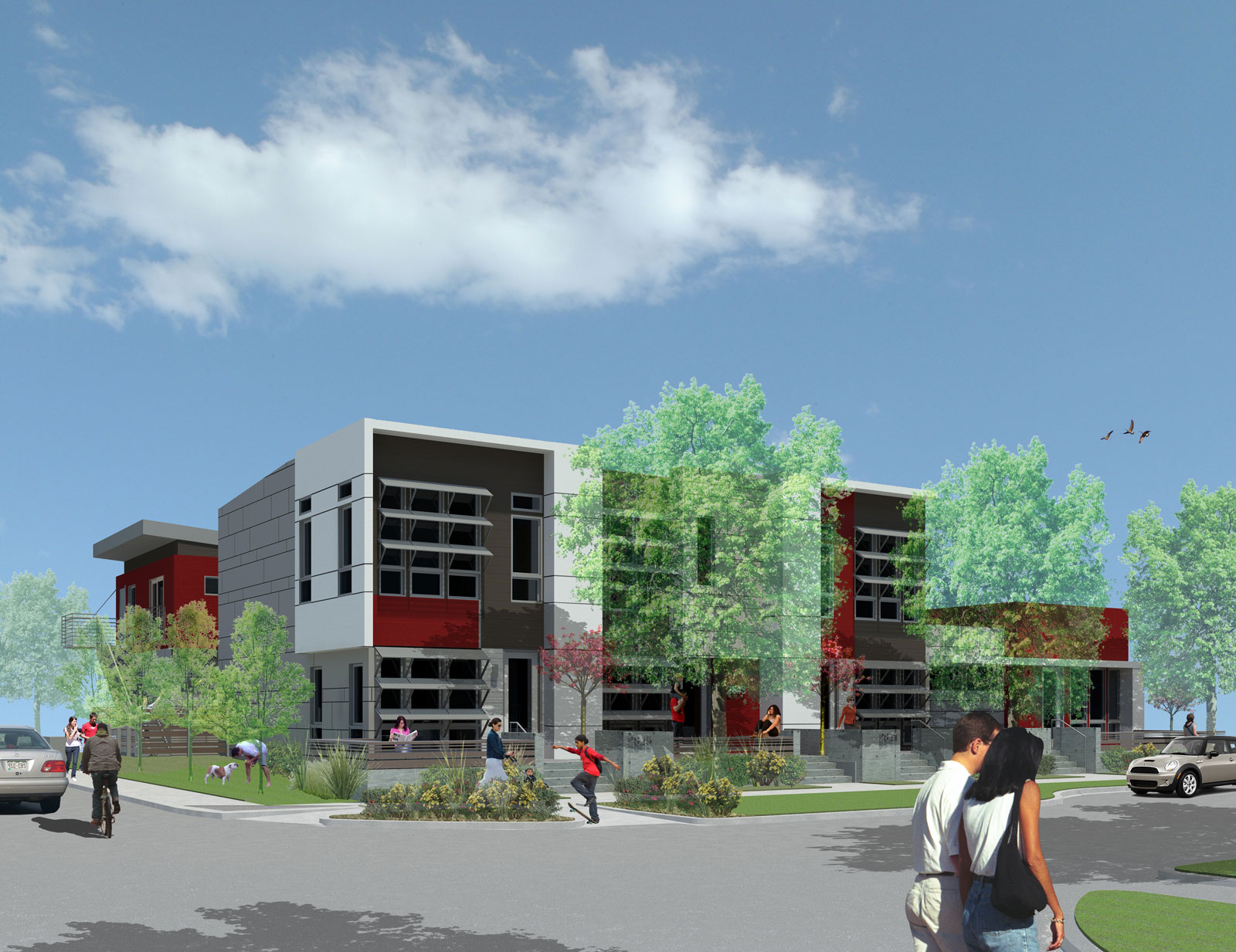
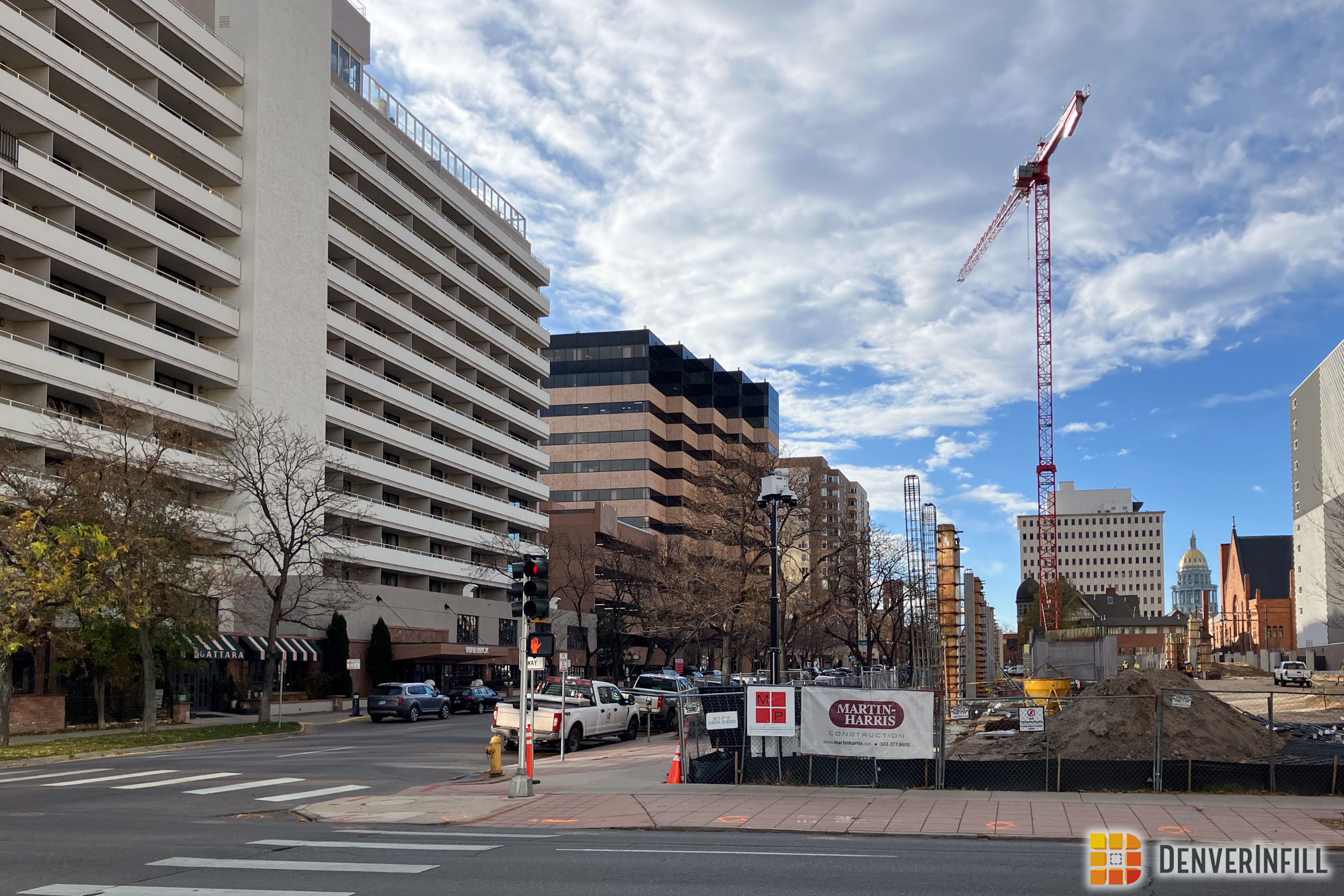
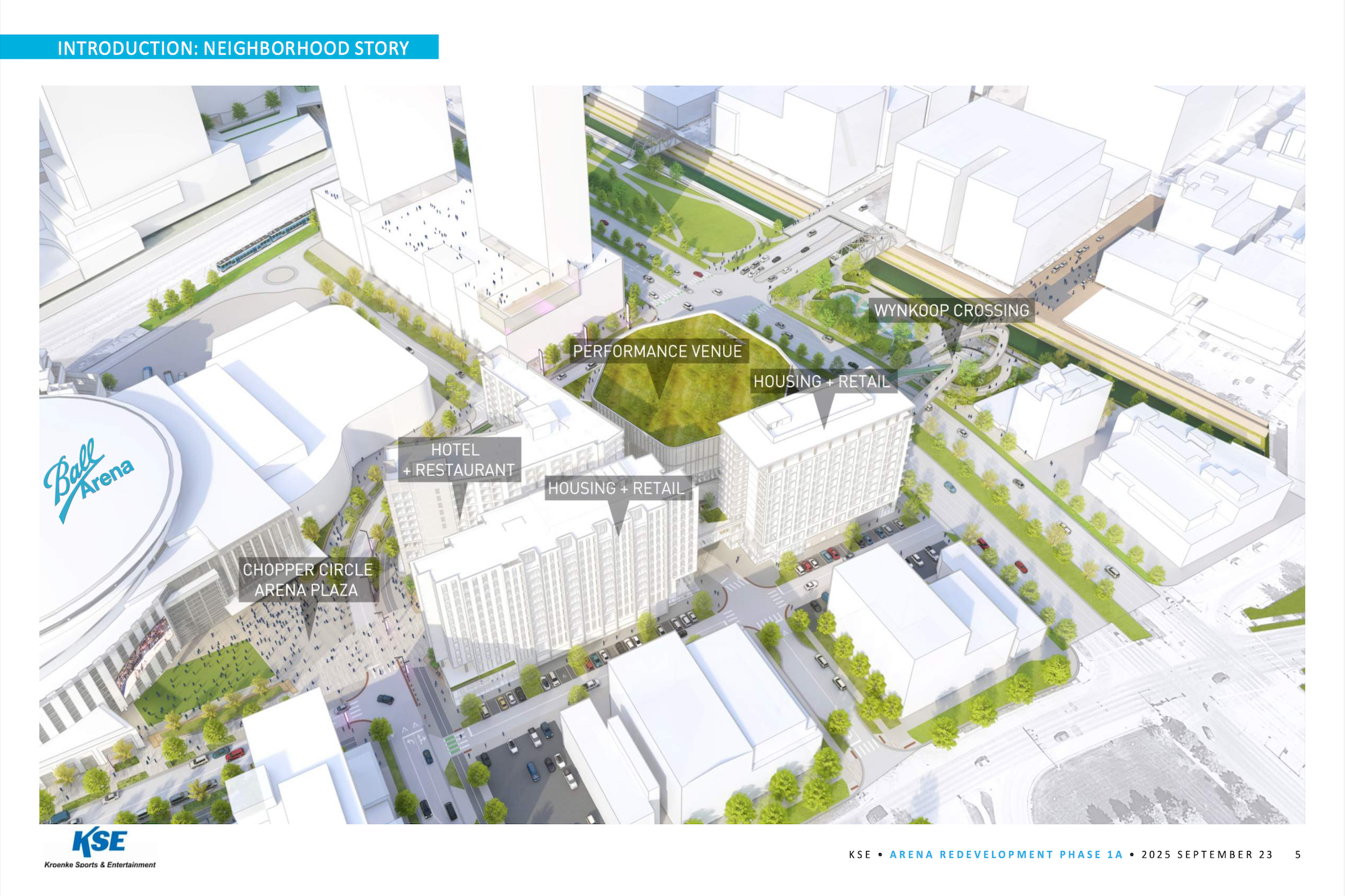

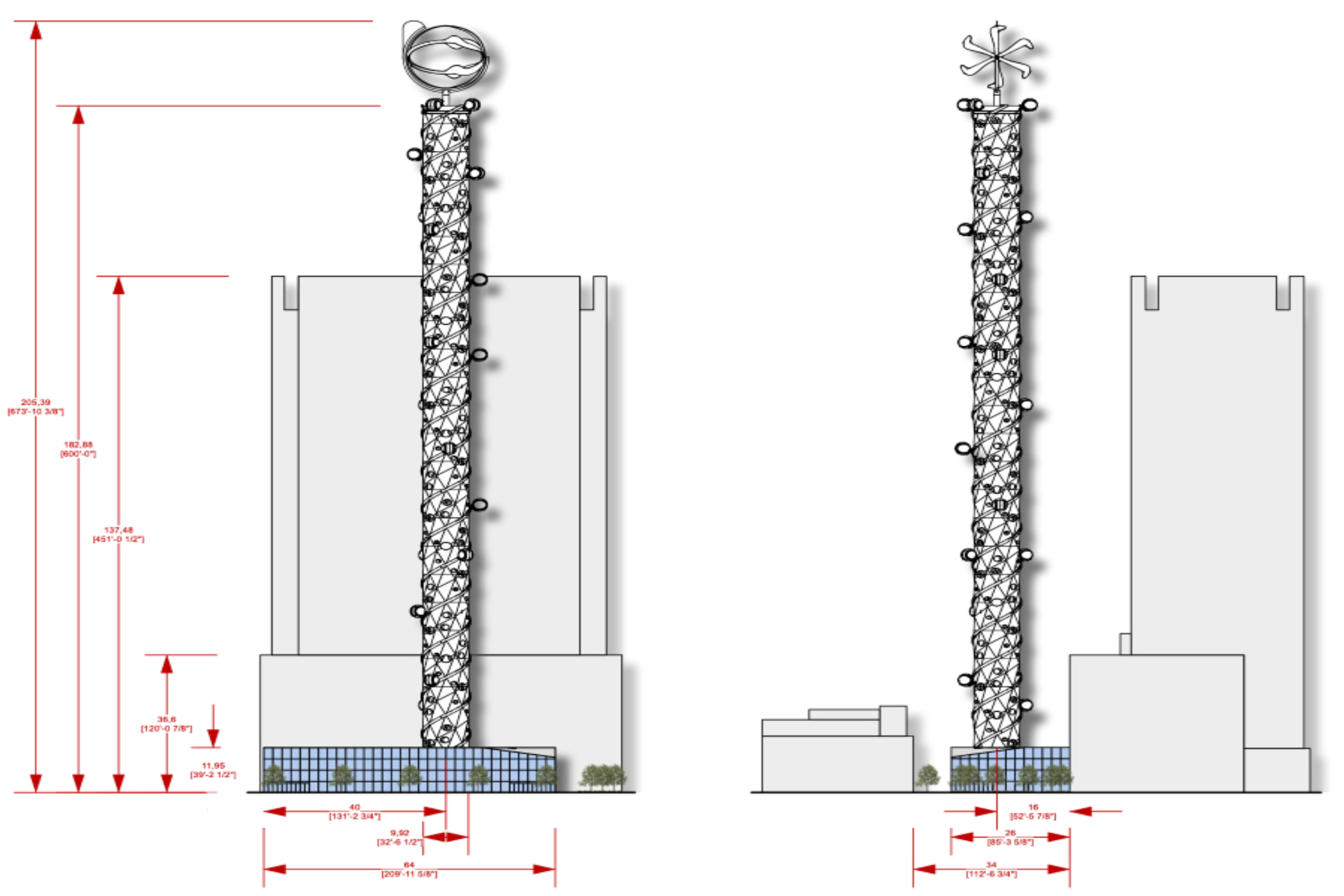





This looks really nice!! Sounds like a great project.
One major complaint – and only one really, is that they have completely given up the very important corner of 52nd and Federal. That building should be ‘holding’ the corner….instead it ceded that important role to parking spaces.
That’s a darn shame…the parking could have easily been configured behind the building and it may have set the benchmark for future main-street design on Federal.
Absolutely. At first I thought the corner building was pre-existing, but I just checked Google Maps, and it’s not.
I’d also like to point out that this is not the first co-housing development in Denver. Perry-Rose’s Highlands Garden Village (the old Elitch’s) has had a co-housing component for more than a decade.
szambo, If this subject matter interests you, this is the place to get up to date info. DenverInfill is reputable and a great resource. I check this site daily.
This is a very exciting new project, if you need more info or would like to reserve a home, please contact us.
Irene Glazer & June Schlesinger
303-888-3735
MarkB, there are actually two other co-housing projects in Denver. If you click on the link that says, “Colorado”, you’ll see a list of projects in the state. Highlands Garden Village was not part of that list, but I appreciate you bringing that to light.
The intention was not to assume that this is the first co-housing project in Denver, and that is why the link was referenced to see a sampling of what’s on the ground. The idea was to state the case that Boulder has embraced the concept more and that, while Denver does have examples, there are few built out in this capacity. So, it really is an innovative element to add into the Denver housing market.
I hope that clears things up.
I can’t help but point out that the houses in the photo in the link provided to cohousing in the article can be found in the Hearthstone cohousing development in Denver (part of Highlands Garden Village). Perry-Rose is very familiar with us. I just hope they make the development more accessible than they made Hearthstone. Alternative and sustainable are great but if those with disabilities can’t access due to stairs everywhere and sharp 90-degree turns, that makes it inaccessible to many.